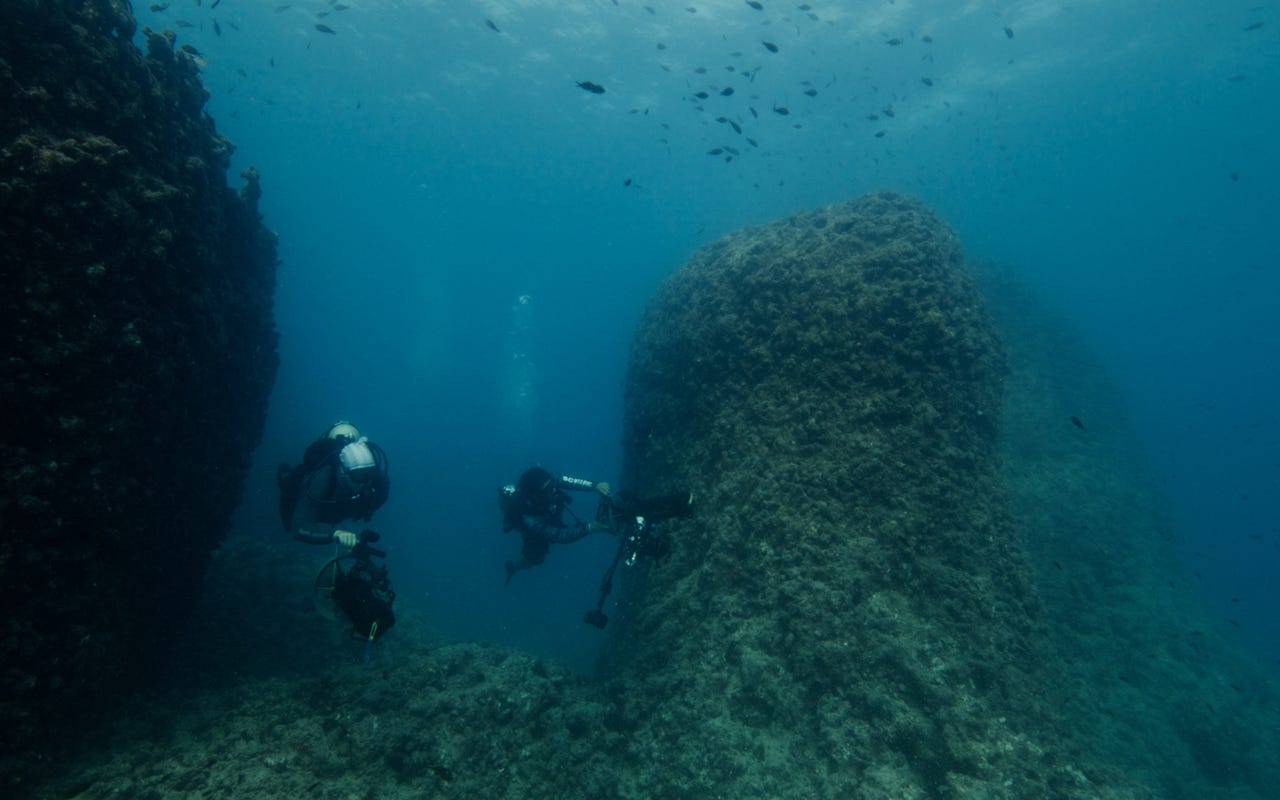The Mission to Find Cleopatra's Tomb, Art Market Turmoil, and More: Crossroads Roundup
This month's news in art, archaeology, culture, and more.

Dr. Kathleen Martinez’s ongoing hunt for Cleopatra’s tomb has resulted in a major discovery…
If you’ve been reading the Roundups for a while, you may remember the story of Kathleen Martinez, a Dominican archaeologist who is on a mission to find Cleopatra’s final resting place. Her theory was that Cleopatra was buried not in a tomb, but in a temple. In 2022, her excavations at Taposiris Magna resulted in an extraordinary discovery: a massive tunnel beneath the temple stretching over 4,300 feet (roughly 1,310 meters). Sitting 43 feet (13 meters) underground with a height of over six feet (1.8 meters), the tunnel was called a “geometric miracle” by the Egyptian Ministry of Tourism and Antiquities.



